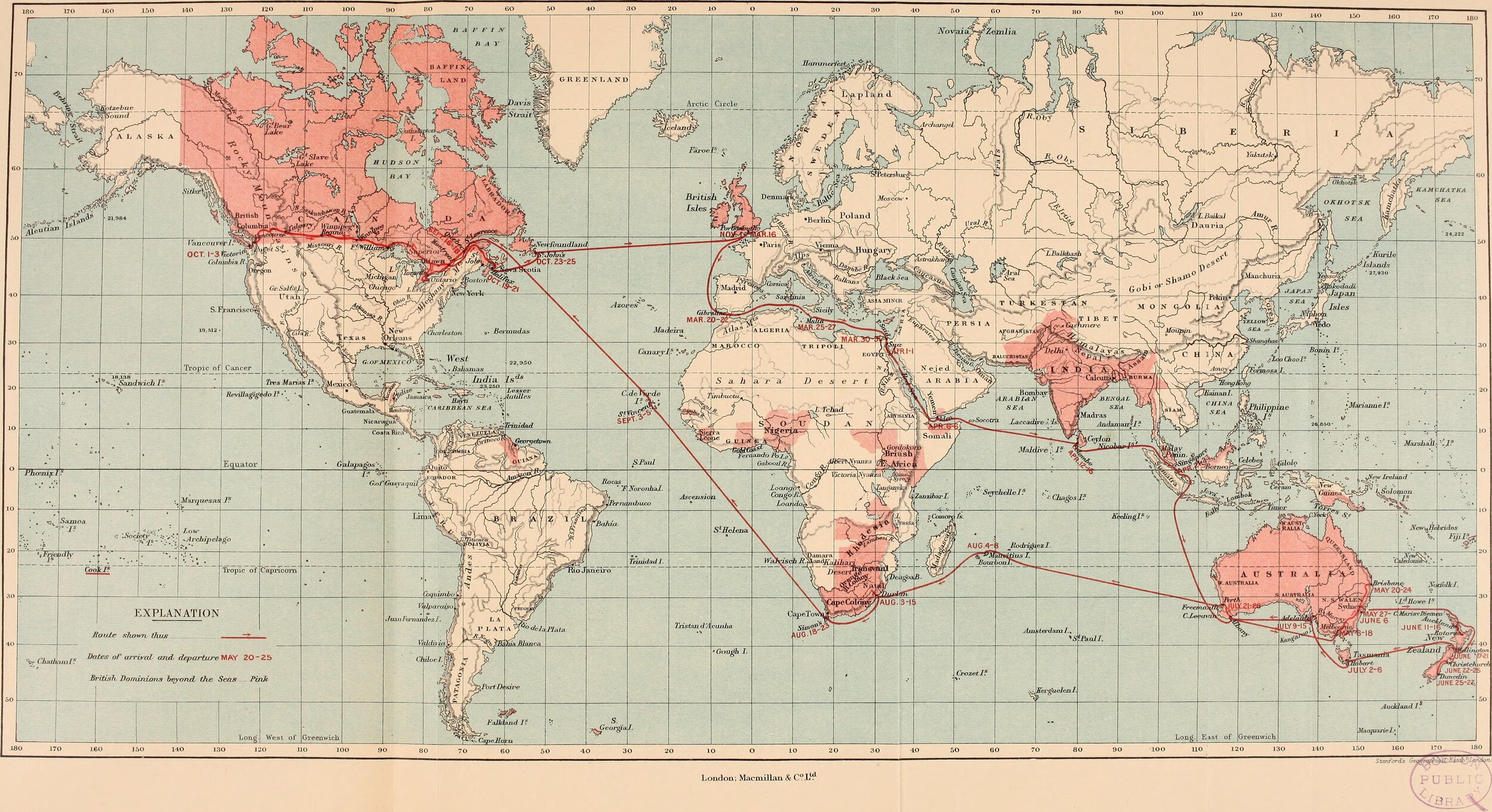
Part 5:
1945 to 2020: The Big Picture
#92 Nigeria and the Democratic Republic of Congo
In this blog, I have chosen to explore the examples of Nigeria and the Democratic Republic of Congo to show why countries rich in mineral resources still maintain high levels of people in deep poverty. Nigeria is important as an example as she has been pumping oil for decades. Out of the payments received by the Nigerian State, a new ruling class has arisen that are hugely wealthy. While the Democratic Republic of Congo is the example of my argument. The Democratic Republic of Congo is a huge territory in terms of size. She is blessed with every imaginable commodity. Yet, the Democratic Republic of Congo is one of the poorest countries on our planet.
#91 The Old Colonies: Development and Underdevelopment in the 21st Century
The USA’s relations with the southern countries in Asia, Africa, the Middle East, and Latin America have been to treat them, in principle, in a similar manner in which the Soviet Union was treated after 1991. That is, like those under the old colonial regimes.
By the end of the second decade of the 21st century, many countries of the South remained mired in deep poverty, despite 60 or 70 years of independence from colonial rule. People worldwide wanted the wealth they could see on their screens in the West.
#89 The Fall of the Soviet Union
When the Soviet Union collapsed in 1989, the western world was stunned. Their hyperbole of criticism and their lack of access to Soviet economic statistics left the Western countries unprepared for what to do next. The USA was prepared to celebrate; their Cold War had been successful, and they moved their best economists to Moscow to advise. From having no access and very limited knowledge, suddenly the situation was reversed. Their imperial ambitions soared.
#84 Chinese Economic Growth after Mao: Part 2
China created coherent development strategies from 1949 onward. She opened her economy to the rest of the capitalist world after the end of the 1970s – a point in history when the capitalist world was beginning to develop its own 'neo-liberal' system of globalisation . This was just at the time when the West created the conditions for the free movement of capital. Neo-liberal policies were consciously intended to allow Western corporations to move their factories to where labour was cheap. At the same moment in history, China was opening her doors to receive Western companies who wished to use the cheap labour of China, spare resources, and industrialisation: the build-up of spare capacity.
#77 Global Economic Struggle over 50 Years: Monopoly and Oligopoly
In principle, capitalism has supposedly been a myriad of small companies in every field competing against each other. However, in practice, this has rarely been the case. Once the allocating principle of resources and the ‘free market' became established from the early 19th century, capital has always been drawn upwards in a vortex of profit. Small companies became established as legal entities with limited liability through shares from the 1830s. Shareholding of course goes back to monopoly trading companies in the early 1600s, established by parliament. After the 1830s, shares of profitable small companies were bought out by larger companies until only a few companies are left in the marketplace.




